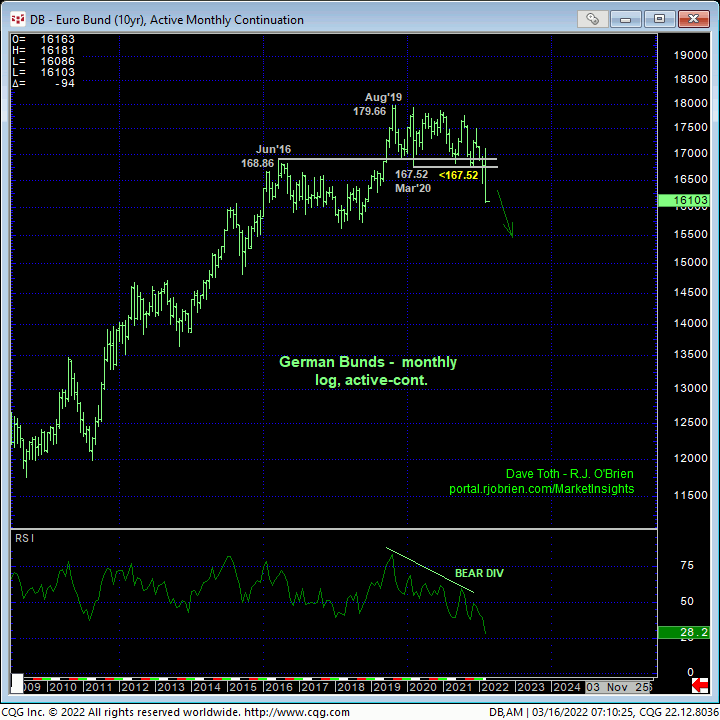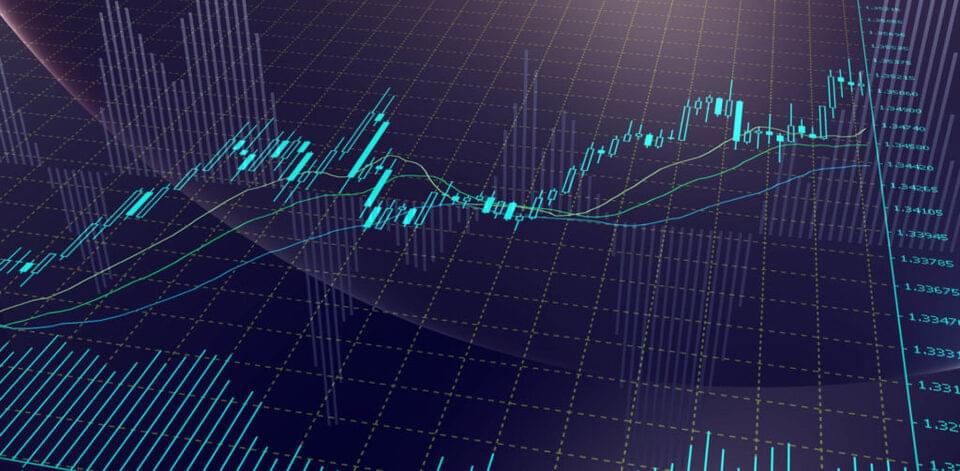
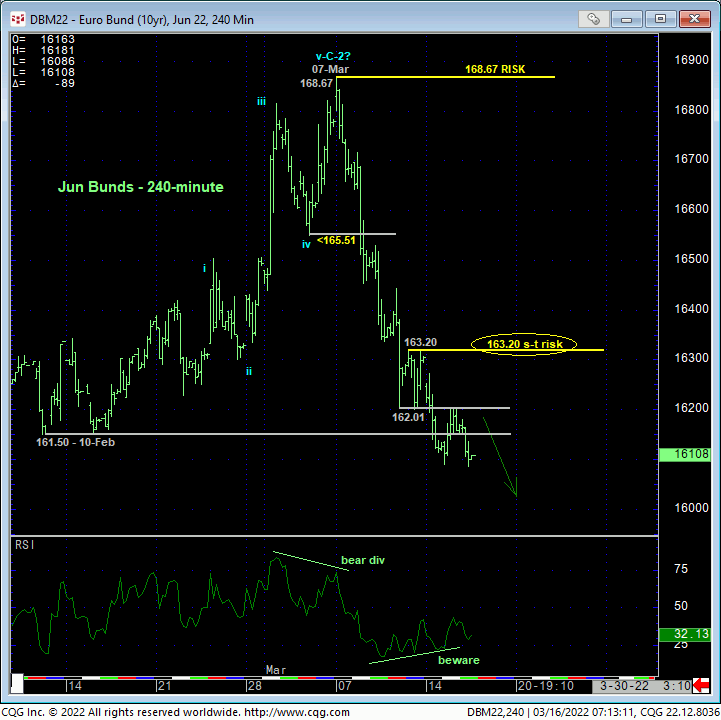
This week’s break below last week’s last week’s 162.01 low AND 10-Feb’s key 161.50 low reaffirms and reinstates the secular bear trend and leaves Fri’s 163.20 high in its wake as the latest smaller-degree corrective high this market is now minimally required to recoup to confirm a bullish divergence in short-term momentum, stem the bear if even temporarily and expose an interim corrective recovery hat shorter-term traders may want to circumvent. Per such, this 163.20 level serves as our new short-term risk parameter from which a bearish policy and exposure can be objectively rebased and managed by shorter-term traders with tighter risk profiles.
On a daily close-only basis below, this week’s break below 10-Feb’s 161.50 low confirms new low prices for the secular bear market that dates from Dec’20’s orthodox high. These new lows expose a vast area totally devoid of any technical levels of merit whatsoever. On this larger scale, a recovery above 07-Mar’s 168.67 intra-day high and/or a close above 04-Mar’s 167.80 high close remains required to defer or threaten our long-term bearish count.
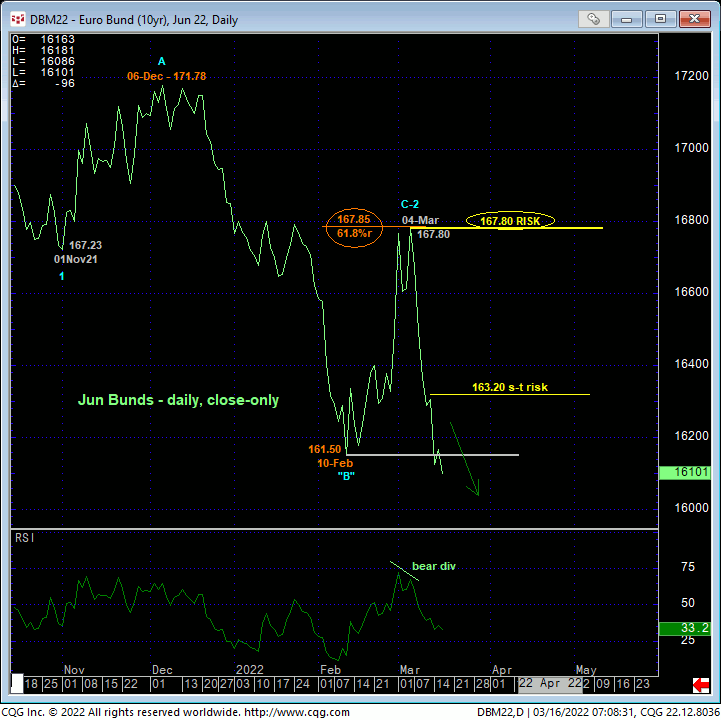
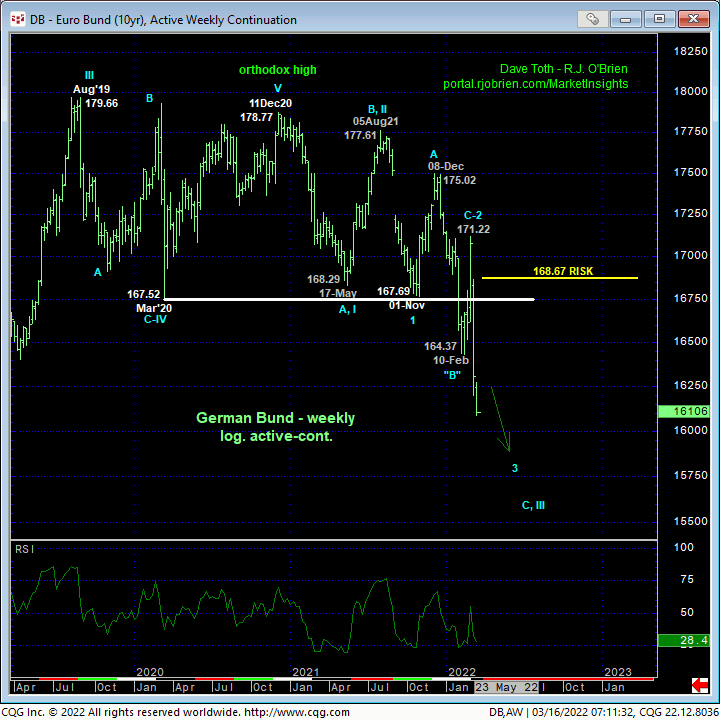
On a very long-term basis, only a glance at the weekly (above) and monthly (below) log scale charts is needed to see the magnitude of the massive peak/reversal process over the past two years. Indeed and as we’ve discussed in the Treasury market as well, this reversal could be generational in scope, reversing trends down in interest rates that date from the early-1980s. Given NO levels below that the market that can be considered support candidates as the trend is down on all scales, levels ABOVE the market in the form of former support-turned-resistance like the 162.00-area and prior corrective highs like 163.20 and 168.67 define the only pertinent technical levels and decision-making points. Until and unless these levels are broken, further and possibly accelerated losses straight away remain expected.
These issues considered, a bearish policy and exposure remain advised with a recovery above 163.20 required for shorter-term traders to move to the sidelines and for longer-term institutional players to pare exposure to more conservative levels to reduce the risk of the heights unknown of what would then be expected to be an intermediate-term correction. In lieu of such strength, further and possibly accelerated losses are anticipated.
